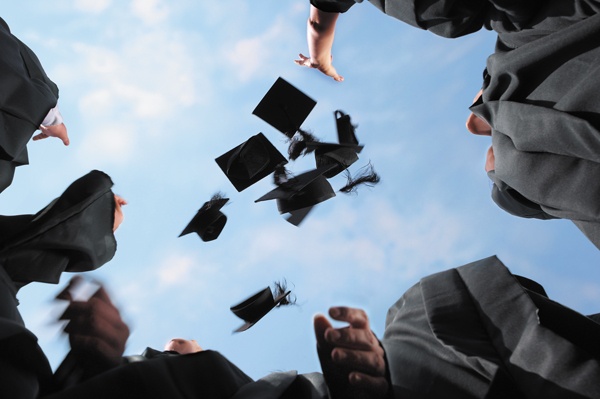LIHUE – Kauai high school seniors are graduating at a higher rate than their national peers. A recent report showed that Kauai students graduate 82.2 percent of the time —with 85.6 percent of those female and 78.6 percent male. That’s
LIHUE – Kauai high school seniors are graduating at a higher rate than their national peers.
A recent report showed that Kauai students graduate 82.2 percent of the time —with 85.6 percent of those female and 78.6 percent male.
That’s better than the 80 percent national average, as reported by a Department of Education report, “Building a Grad Nation.”
“The growing graduation rate indicates that the interventions and strategies, support from parents, business and community are beginning to take root and support the success of our students to graduate on time,” said Bill Arakaki, Kauai Complex Area superintendent.
But when comparing the trend in the overall Kauai graduation rate over the past 10 years, there has been a gradual decline from 85.4 percent in 2002-03 to 83.6 percent in 2007-08 and 82.2 percent in 2012.
In Hawaii, students with limited English proficiency are still being left behind with a graduation rate of only 56 percent. That gap at 26 percentage points is the 13th highest in the country according to the DOE report.
“Reducing the gap in the graduation rate is a very important goal for the ELL (English Language Learner) program,” Arakaki said.
Kauai ELL Resource Teacher Michael Depoe, who taught for 20 years in Hawaii and overseas, said language is one of the root causes of failure to graduate.
“Students who fail to increase their English language proficiency have a hard time meeting the 24-credit requirement,” Depoe said.
“The later the student arrives in the schools, the more difficult it is to help them learn all of the academic language necessary to succeed in school,” he added.
Hawaii’s graduation rate of low-income or disadvantaged students was 80 percent, fourth-highest in the country, according to the DOE report. Only one other state, Indiana, had a smaller difference between the number of low-income students graduating and the overall rate. The average natural difference was 15 percent.
Kauai’s graduation rate for disadvantaged students, 75.8 percent, was even lower than the Hawaii rate by slightly more than 6 percentage points.
“Schools are continuing their efforts in supporting economically disadvantaged students and families with challenges in education,” Arakaki said.
He listed a number of resources intended for the entire student body, but is helpful for improving the success of low-income students who may be struggling as well.
Those programs include summer school, online learning, academic counseling from ninth grade until graduation, parent participation in school activities and tutoring through business and community resources.


